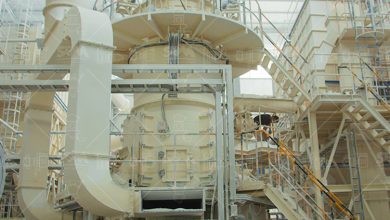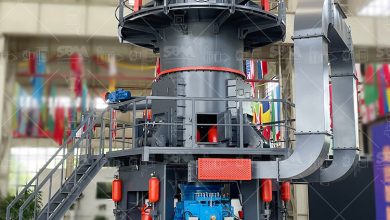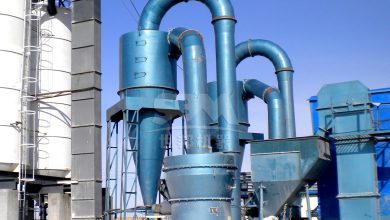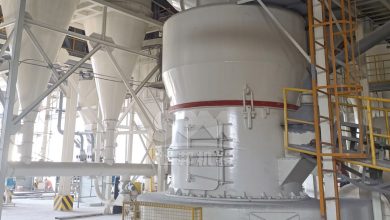Optimal Moisture Content Standards for Feeding Materials into Grinding Mills
Optimal Moisture Content Standards for Feeding Materials into Grinding Mills
In mineral processing and powder production industries, controlling the moisture content of feed materials is critical for optimizing grinding mill performance. This article explores industry standards, technical considerations, and equipment solutions for achieving optimal moisture levels in grinding operations.
1. The Importance of Moisture Control
Material moisture content directly impacts grinding efficiency through several mechanisms:
- Energy Consumption: Wet materials require more energy for size reduction
- Equipment Wear: Excessive moisture accelerates wear on grinding components
- Product Quality: Moisture affects particle size distribution and final product properties
- System Throughput: Proper moisture levels prevent material buildup and clogging
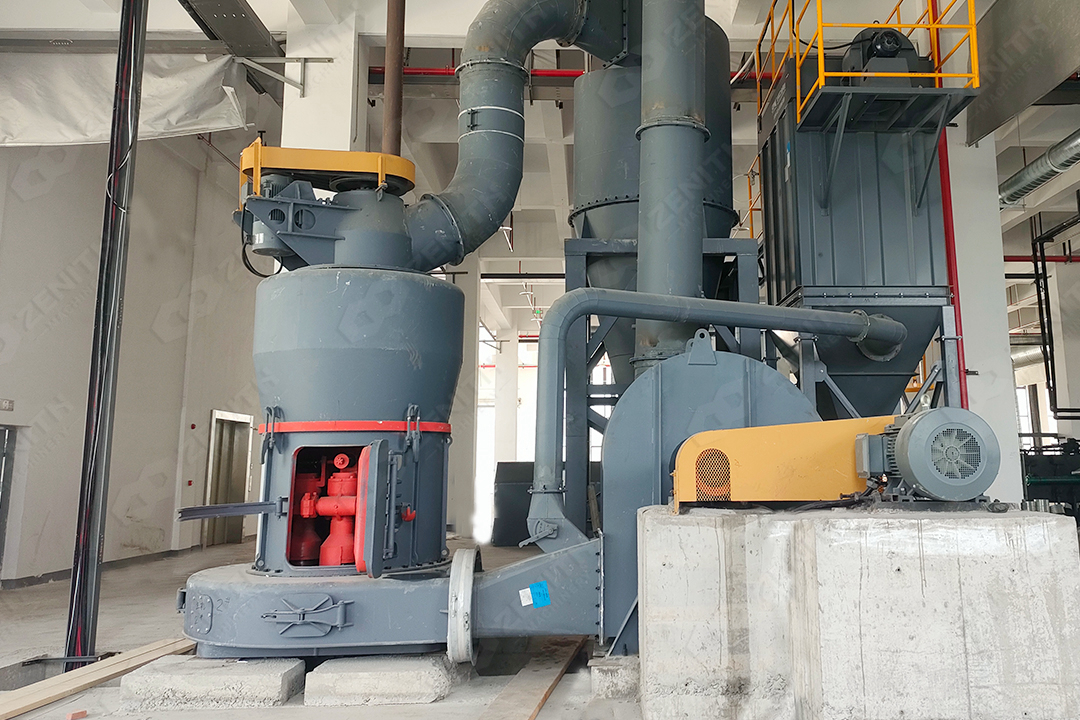
2. Industry Standards for Moisture Content
Recommended moisture levels vary by material type and grinding technology:
| Material Type | Optimal Moisture Range | Maximum Allowable |
|---|---|---|
| Limestone | 1-3% | 5% |
| Clay | 8-12% | 15% |
| Coal | 5-8% | 12% |
| Iron Ore | 2-4% | 6% |
3. ZENITH’s Advanced Grinding Solutions
With over 30 years of experience in grinding technology, ZENITH has developed specialized equipment that handles moisture variations while maintaining optimal performance:
3.1 XZM Ultrafine Mill (45-5μm)
Our XZM Ultrafine Mill features intelligent moisture adaptation capabilities:
- Handles materials with moisture content up to 8% without pre-drying
- Integrated hot air system for in-line moisture adjustment
- Vertical turbine classifier prevents moisture-induced agglomeration
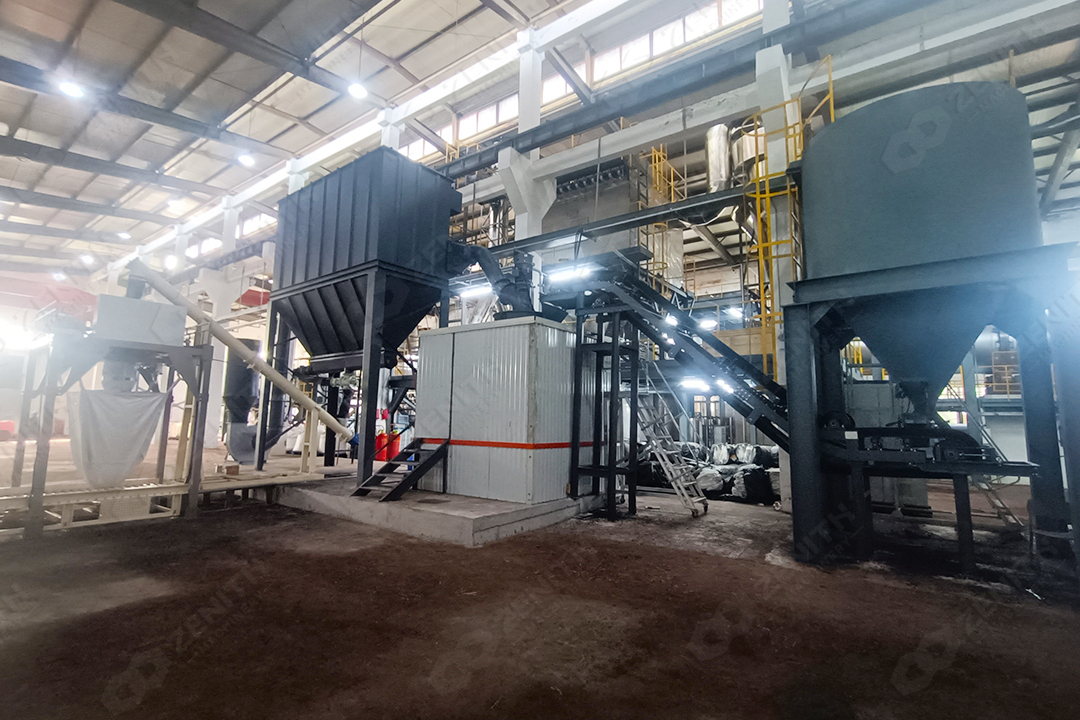
Technical Highlights:
- Output fineness: 325-2500 mesh (D97≤5μm)
- Capacity: 0.5-25 ton/h (model dependent)
- Energy savings: 30% lower consumption vs conventional mills
3.2 MTW Series Trapezium Mill (600-45μm)
For larger capacity requirements, our MTW Trapezium Mill offers:
- Curved air duct design that enhances drying efficiency
- Combination shovel blades that prevent material buildup
- Moisture-resistant gear transmission system
Key Specifications:
- Input size: ≤50mm
- Output: 30-325 mesh
- Capacity: 3-45 ton/h
4. Moisture Control Best Practices
Implement these operational strategies for optimal moisture management:
- Install pre-drying systems for high-moisture feeds (>8%)
- Monitor real-time moisture with NIR sensors
- Adjust mill ventilation rates based on material conditions
- Implement automated control loops linking moisture sensors to feed rates
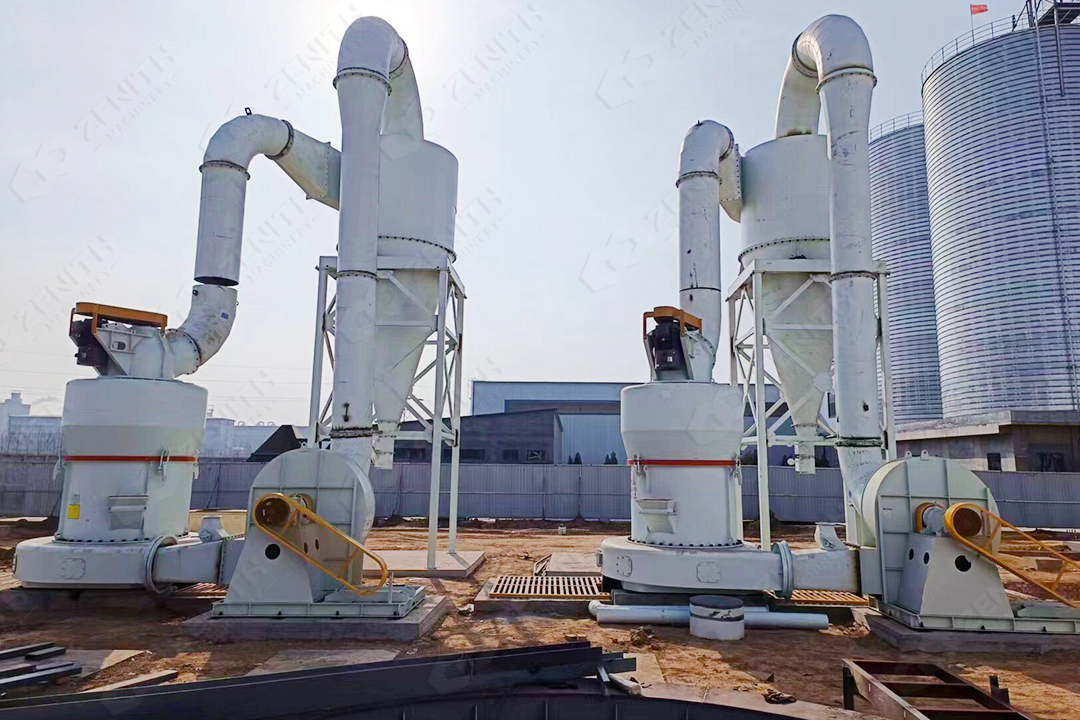
5. Case Study: Moisture Optimization in Cement Production
A Southeast Asian cement plant achieved 18% energy reduction after implementing ZENITH’s MTW215G mill with integrated moisture control:
- Raw material moisture reduced from 7.2% to 4.8%
- Throughput increased by 22%
- Wear part lifespan extended by 35%
6. Conclusion
Maintaining proper moisture content in grinding operations requires both technical expertise and advanced equipment. ZENITH’s grinding solutions combine precision engineering with moisture adaptation features to deliver optimal performance across various material conditions. Our global service network ensures proper implementation and ongoing support for moisture control strategies.
For operations requiring ultra-fine grinding with strict moisture control, the XZM Ultrafine Mill provides unmatched performance, while the MTW Series offers robust solutions for high-capacity applications. Contact our technical team for customized moisture control recommendations for your specific materials and production requirements.


